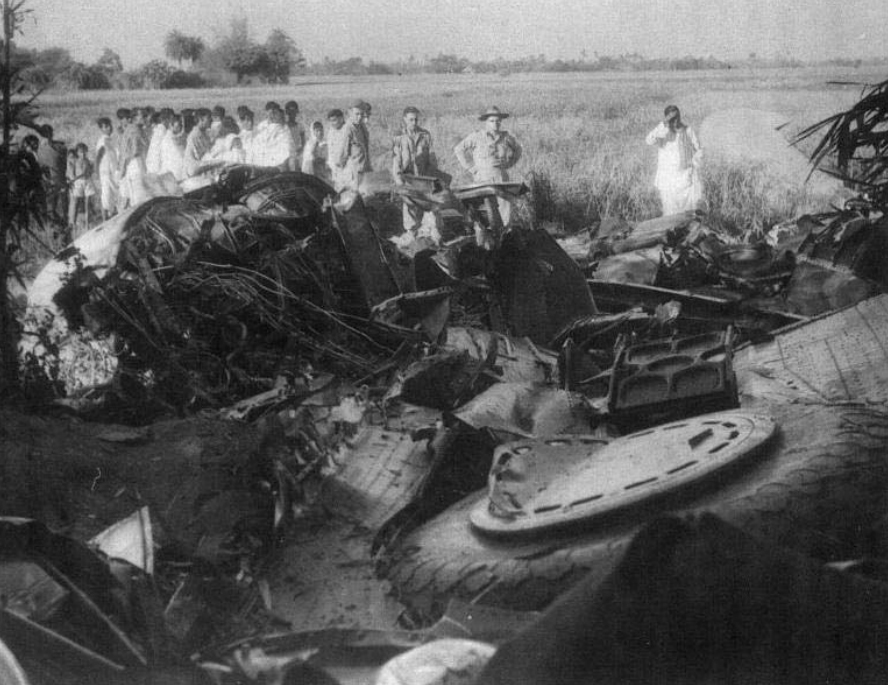Crash of a Boeing B-29A-10-BN Superfortress near Weatherford: 9 killed
Date & Time:
Registration:
42-93895
Survivors:
Yes
Schedule:
Clovis - Clovis
MSN:
7302
YOM:
1942
Crew on board:
11
Crew fatalities:
Pax on board:
0
Pax fatalities:
Other fatalities:
Total fatalities:
9
Circumstances:
The aircraft departed Clovis Airfield on a night training mission. While flying at an altitude of 15,000 feet in the region of Weatherford, Texas, the aircraft collided with a second USAAF Boeing B-29 registered 44-86276 and carrying a crew of nine from Alamogordo. After the collision, both aircraft went into a dive but during the descent, two crew members of the 42-93895 were able to bail out and survived. Both aircraft crashed in a field located 3 miles west of Weatherford and were totally destroyed. 18 others were killed.
Crew:
Cpl Anthone J. Agliata,
Cpl Robert M. Apirian,
2nd Lt John W. Burtis,
Cpl Willard A. Byerly,
2nd Lt Robert L. Knight,
S/Sgt Clifford D. Longmire,
1st Lt Robert A. Mayer,
Cpl Jasper C. Wilson Jr.,
F/O Robert O. Zaleska.
Crew:
Cpl Anthone J. Agliata,
Cpl Robert M. Apirian,
2nd Lt John W. Burtis,
Cpl Willard A. Byerly,
2nd Lt Robert L. Knight,
S/Sgt Clifford D. Longmire,
1st Lt Robert A. Mayer,
Cpl Jasper C. Wilson Jr.,
F/O Robert O. Zaleska.








